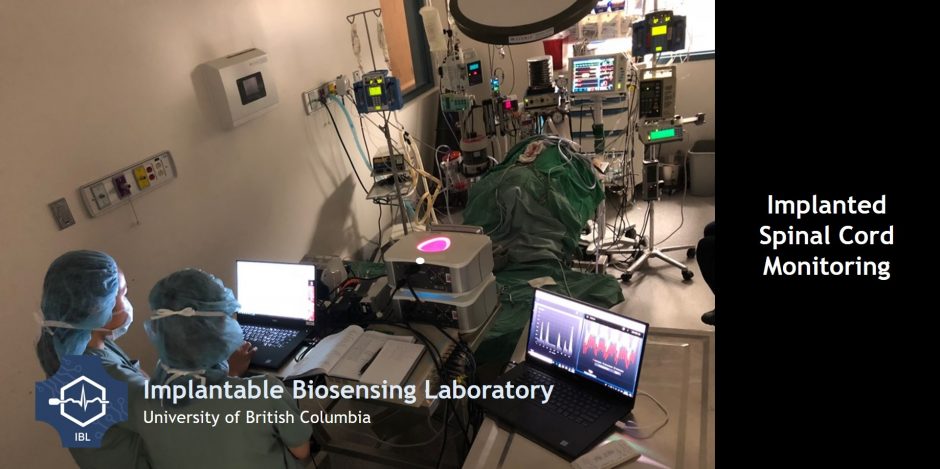
The IBL team is among the researchers from 12 universities and biotech companies that are tackling spinal cord injury in an international collaborative research program funded by DARPA. This research program will integrate novel neuroprotective, neuroregenerative, and neuroprosthetic approaches to leverage 1) advances in targeted neuromodulation of the spinal cord to control hemodynamic instability, 2) a novel neural stem cell / biomimetic 3D-printed scaffold approach to promoting regeneration, and 3) a system-of-systems enabling brain-controlled stimulation of the spinal cord and peripheral nerves to produce movement and intracortical stimulation to return sensations. Dr. Karen Moxon is leading this US$36.5M multi-disciplinary research project at the University of California, Davis, in conjunction with Professor Brian Kwon at UBC, Dr. Gregoire Courtine at École Polytechnique Fédérale de Lausanne, and Dr. Mark Tuszynski at the University of California, San Diego. IBL, led by Dr. Babak Shadgan, will play a key role in this DARPA initiative. We assist in design, development, testing, and applying an implantable version of the spinal cord NIRS sensor developed by Dr. Shadgan and Dr. Kwon in a pre-clinical animal model of acute spinal cord injuries. This miniaturized spinal cord hemodynamics monitoring module will be a segment of the closed-loop implanted system.
Supported By:

